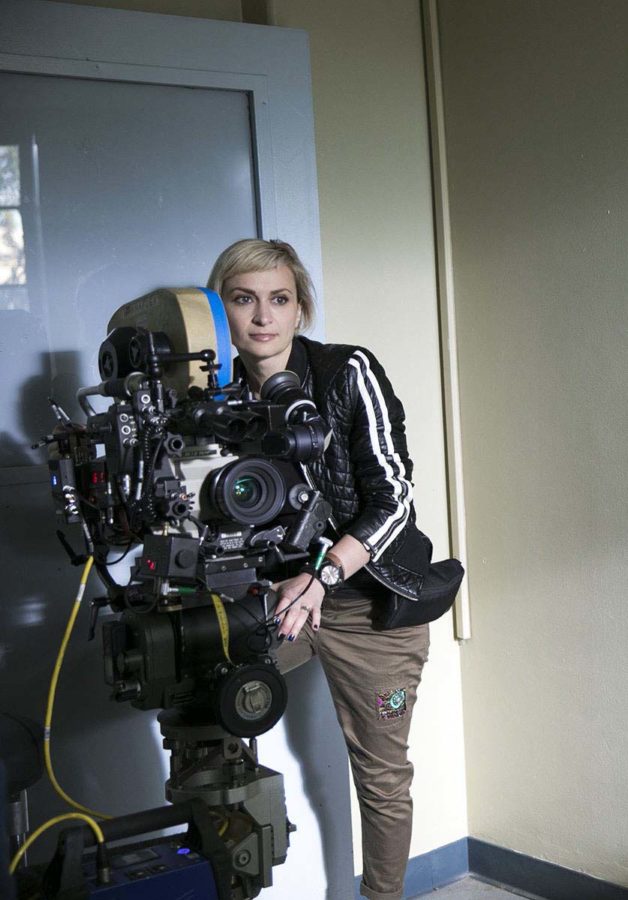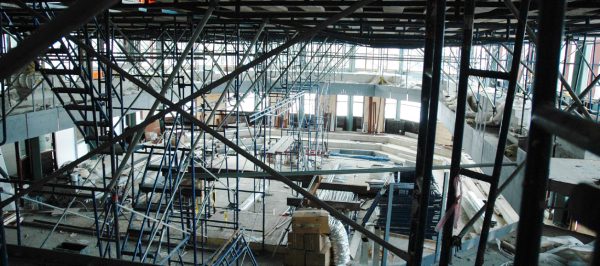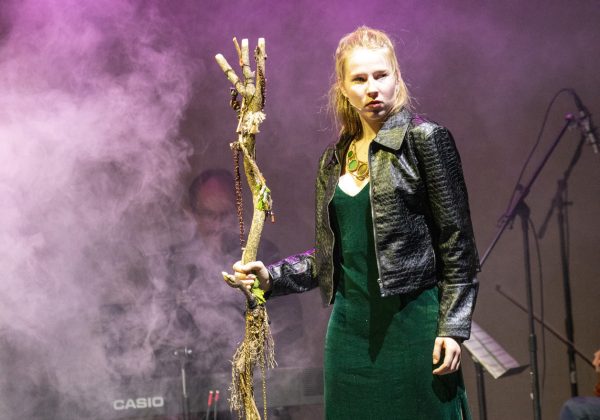Tragedy on Film Set Raises Questions
Haylna Hutchins was a rising cinematographer.
“Hollywood movies love using fake versions of real things for everything, except guns.” The sentiments in this quote from Trevor Noah have become more prominent with the growing controversy surrounding Hollywood and the entertainment industry’s use of real guns on sets. Most recently, many production and film companies have been under fire for their use of real guns in the wake of the tragic Rust shooting incident on October 21.
Alec Baldwin is an American actor and comedian best known for his work in films such as Beetlejuice and his Donald Trump impersonations on Saturday Night Live. While rehearsing on set for his upcoming Western Indie film, Rust, Baldwin shot a prop gun unknowingly loaded with live ammunition, accidentally taking the life of cinematographer Haylna Hutchins and injuring director Joel Souza. Court documents later showed that the prop gun used in the incident was declared safe by the assistant director before handing it to Baldwin. This tragic incident brings the safety of filming and use of guns in Hollywood further into question.
This was not the first gun incident that has occured on a film set. In 1984, Jon-Erik Hexum mistakenly shot himself in the head with a gun that contained blanks, believing that it was safe. However, the impact of the blank fractured his skull, which forced fragments of bone into his brain and led to his death. In 1993, Brandon Lee, son of martial arts legend Bruce Lee, was shot by a co-star with a prop gun that contained an improperly made dummy round.
These misfortunes raise the question of whether or not Hollywood is prioritizing the safety and security of working conditions over the final film presentation. In light of this tragedy, many producers and other workers in the entertainment industry urged state representatives to create “Haylna’s law,” which would ban the use of real firearms on film production sites in the state of California. Seth Gilliam P ’24, American actor, said, “I’ve worked on many films and TV sets where firearms are used. Never have I felt in danger, as the props departments and firearm specialists I’ve worked with have all been extremely careful and diligent when showing the actors how the weapons work and how to use them.”
The practice of using real guns and weapons as props in entertainment is not uncommon. However, even with the safety precautions, risk still exists. Most prop guns on film sets are actually real, but contain blank bullets instead of live ammunition. Blanks still contain gunpowder and casing but lack a projectile or bullet at the tip. Guns loaded with blanks create a verisimilar visual image of flash and smoke, which makes them appealing to filmmakers. However, blank rounds can still be fatal at close range, such as in the case of Hexeum.
Thus, the question arises. Should film production companies sacrifice authenticity to minimize risk? Gilliam commented, “Many times we are using weapons that have been modified to only shoot ‘blank cartridges’. These are not ‘live rounds’. I have no idea how or why these protocols were not followed in the Alec Baldwin situation. I cannot fathom it. ”
Ultimately, it is clear that there are risks present in using real firearms as props on sets, and people’s lives should never be put at risk at the expense of maintaining authenticity in films. It is devastating that it cost Haylna Hutchins her life for Hollywood’s malpractices to be called out but it’s promising that voices advocating for the prioritization of safety on film sets are finally being heard.






